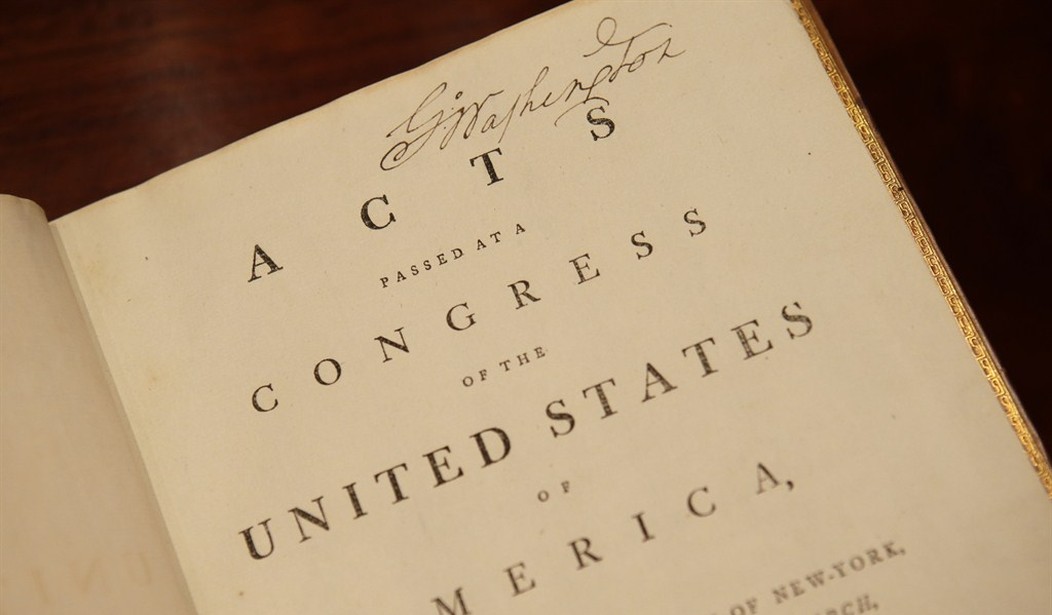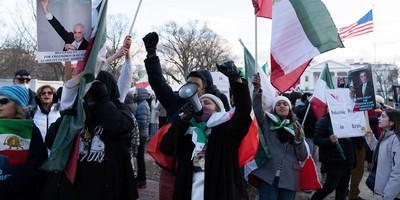On March 4th, 1789, twenty-two Senators and 59 Representatives were called upon to represent the 11 states that had ratified the United States Constitution. Only nine Senators and 13 Representatives actually showed up in New York City; proving that even in the late 1700’s politicians didn’t always show up for important events. (Although, in fairness, they didn’t all have access to taxpayer-funded private jets.)
The former governmental system for the newly-formed United States of America had ostensibly failed. It had become apparent by the mid 1780’s that the Articles of Confederation were far too weak to adequately unify the colonists who had declared their independence from King George. And so, as is the habit of government’s that are unable to regulate commerce, raise revenue, or negotiate international treaties, it was determined that something had to be done to bolster the central authority of the United States government.
Thus were born the Federalists. A movement designed to designate a Federal government with certain limited powers, while preserving the sovereignty of individual states. (Today, we recognize these people by their tendency to cling to guns and religion.) By late September in 1787, a new US Constitution had been drafted, and was signed by 38 of 41 delegates to the convention; but the document still had to be ratified by at least nine of the 13 states before becoming law.
While a handful of states ratified the document by early December, others were slightly skeptical about handing a centralized power more control over their local affairs. After all, we had just experienced a little dust-up with the world’s most powerful empire over something similar. (I can guarantee you, tea merchants in Boston were undoubtedly a little anxious around this time.) Initially, Massachusetts opposed the document for not articulating the basic human rights of free speech, individual sovereignty, and the right to bear arms. (That’s correct: Massachusetts was worried about their guns. I’m not certain how they felt about 32 ounce sodas.)
Recommended
Ultimately a compromise was struck in 1788, which ensured amendments would be added to the founding document of the new government. Understanding that they had to pass it to find out what was in it, Massachusetts agreed to ratification. (Well… Maybe things haven’t changed as much as I thought.) Maryland and South Carolina quickly followed suit once they realized all the cool kids were doing it; and on June 21st of 1788, New Hampshire became the ninth state to ratify the document. As of March 4th, 1789, the Constitution of the United States was officially the law of the land. (Strangely, it didn’t say anything about universal healthcare or net neutrality.)
By fall of that year the first United States Congress had managed to hash out 12 simple amendments to the document, including the right to political speech, the right to bear arms, and the right be free from unreasonable searches and seizures. (I’m sure that at the time, no one argued about the placement of a particular comma in the second amendment.) In the end, ten of these Amendments were passed and dubbed “the bill of rights” for their enumerated recognition of government’s limitation; and all 13 states approved of the newly-amended document. (Massachusetts was thrilled they could keep their muzzle loaders. Unfortunately, that’s pretty much the only gun still legal in the state today.)
Our founding document, put in effect on this day in 1789, was a document that refused to limit the rights of citizens or states. Rather it was crafted as a limitation on the power of a central government, by a bunch of revolutionaries who were understandably skeptical of a Federal authority. The document was, in essence, an ode to the wisdom of limited governance and enumerated liberty. It was a testament to the newly-formed nation’s faith in individual sovereignty and state’s rights.
For its time, the document was a precarious creation of centralized power. And yet, by today’s standards, it is a document of proclaimed self-governance. So maybe (and I know I’m going out on a limb here), today’s politicians should skim it over on occasion before blindingly thrusting more central-planning upon its economy and citizenry.
Or, is that asking too much from people with taxpayer-funded private jets?

























Join the conversation as a VIP Member